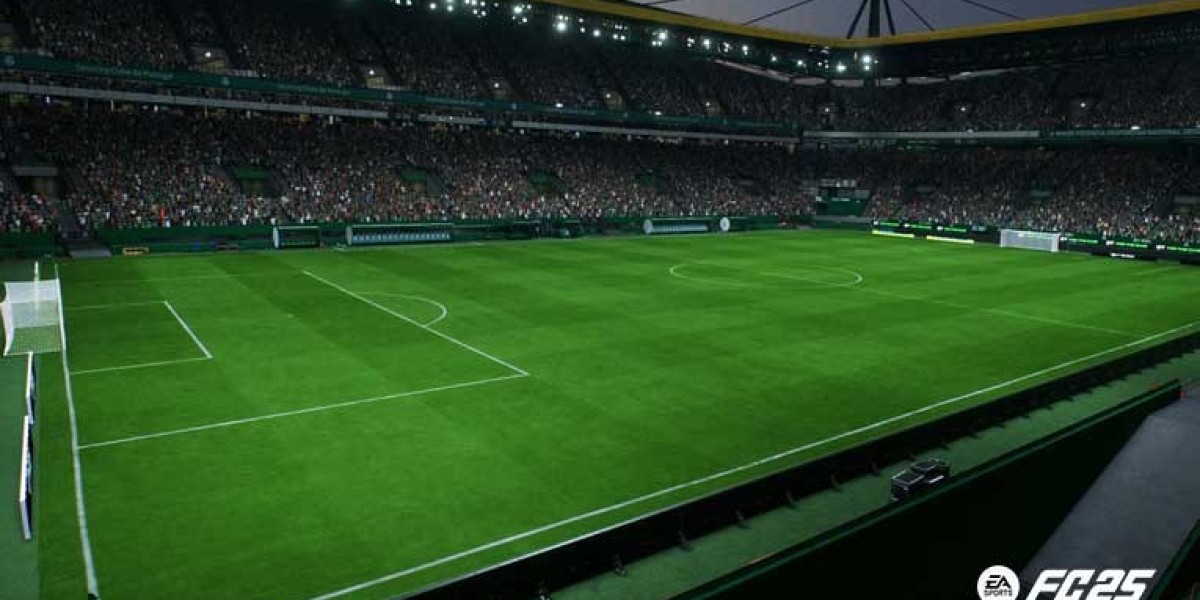Beyond Solving: A Platform for Exploration
Although Rubik’s Cubes are often seen as logic puzzles, they also serve as platforms for creativity. Enthusiasts have discovered countless ways to manipulate, redesign, and reimagine the cube beyond its original purpose. From artistic designs and custom builds to algorithm development and performance art, Rubik’s Cubes have evolved into a medium for creative expression. The puzzle, with its mathematical foundation, paradoxically opens the door to imaginative thinking.
Custom Modifications and Artistic Cubes
Many cube lovers transform standard puzzles into unique works of art. Some repaint the stickers or use custom tiles to create mosaics, portraits, and optical illusions. Others build oversized versions or incorporate themes such as glow-in-the-dark or transparent designs. These modifications showcase the cube not just as a challenge but as a canvas. Creative approaches like these make the Rubik’s Cube appeal not only to solvers but to artists and designers as well.
Algorithm Design and Innovation
While solving a Rubik’s Cube requires following a set of algorithms, advanced cubes go beyond memorization by creating new solutions. They develop efficient shortcuts, design move-saving sequences, and even experiment with alternate solving methods. This process encourages lateral thinking and innovation. It’s not only about solving problems but also about how creatively and efficiently one can do it. Algorithm creation is a technical yet imaginative endeavor that blends logic with originality.
Stop-Motion, Performances, and Cube Art
Rubik’s Cubes have been used in public performances, such as solving cubes while juggling or solving them blindfolded. These performances often go viral online and require not just technical skill but theatrical creativity. Additionally, artists arrange hundreds or thousands of cubes to form pixelated murals—a form known as Rubikubism. These works transform the cube into an instrument of public and visual art, illustrating its role in modern creative culture.
Inspiring Creative Problem-Solving Skills
In classrooms and workshops, Rubik’s Cubes are often used to nurture out-of-the-box thinking. They teach students to look at problems from different angles, make connections, and develop persistence in experimentation. The unpredictable nature of the cube’s mixed states encourages adaptive thinking and the trial-and-error process. These skills translate into creative approaches in engineering, coding, design, and other disciplines.
Conclusion
Rubik’s Cubes are more than logical puzzles—they’re outlets for creativity and invention. Whether through custom art, innovative algorithms, or public performances, they encourage individuals to think beyond the expected. As tools for both mental and artistic expression, Rubik’s Cubes continue to foster innovation in unique and meaningful ways.



